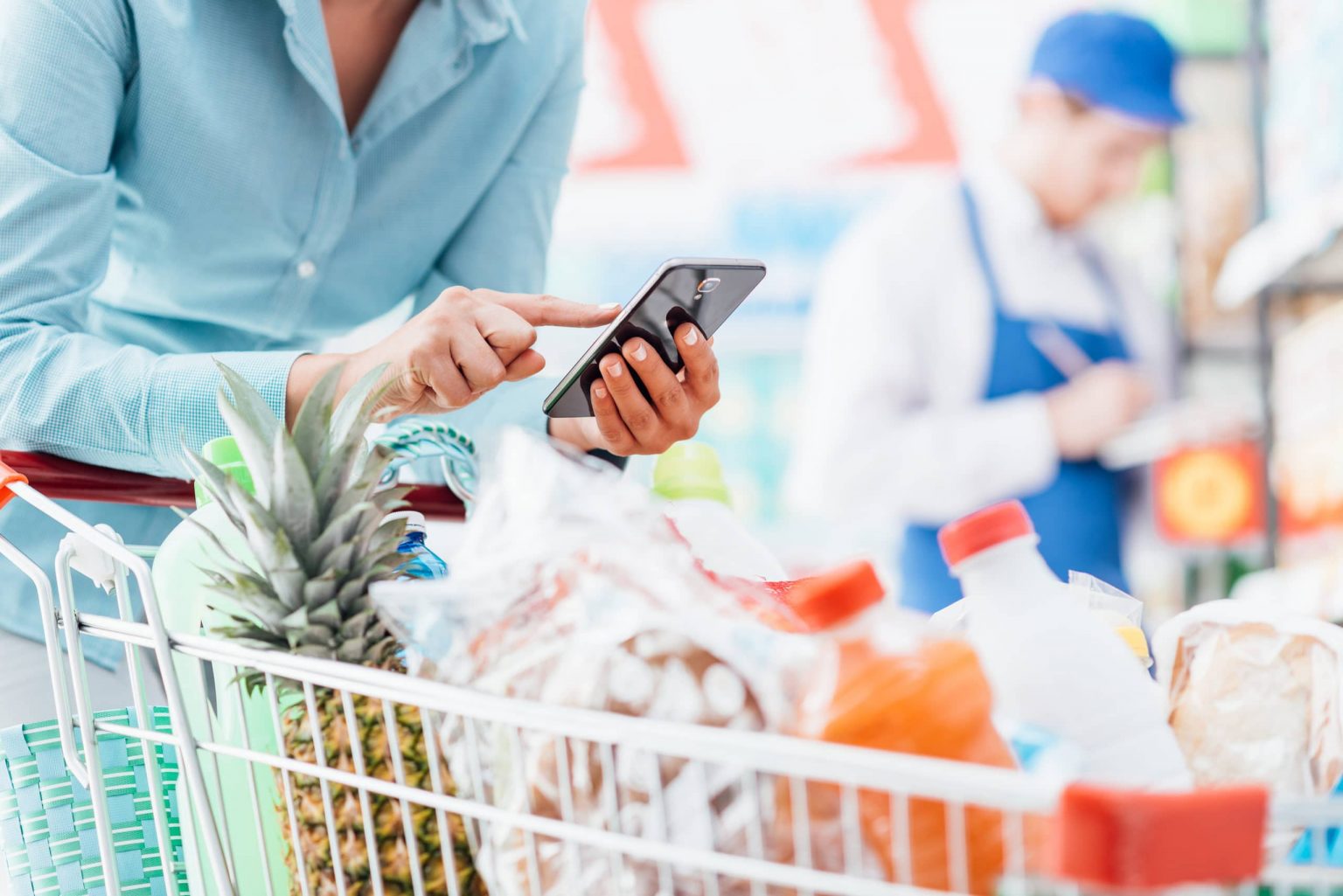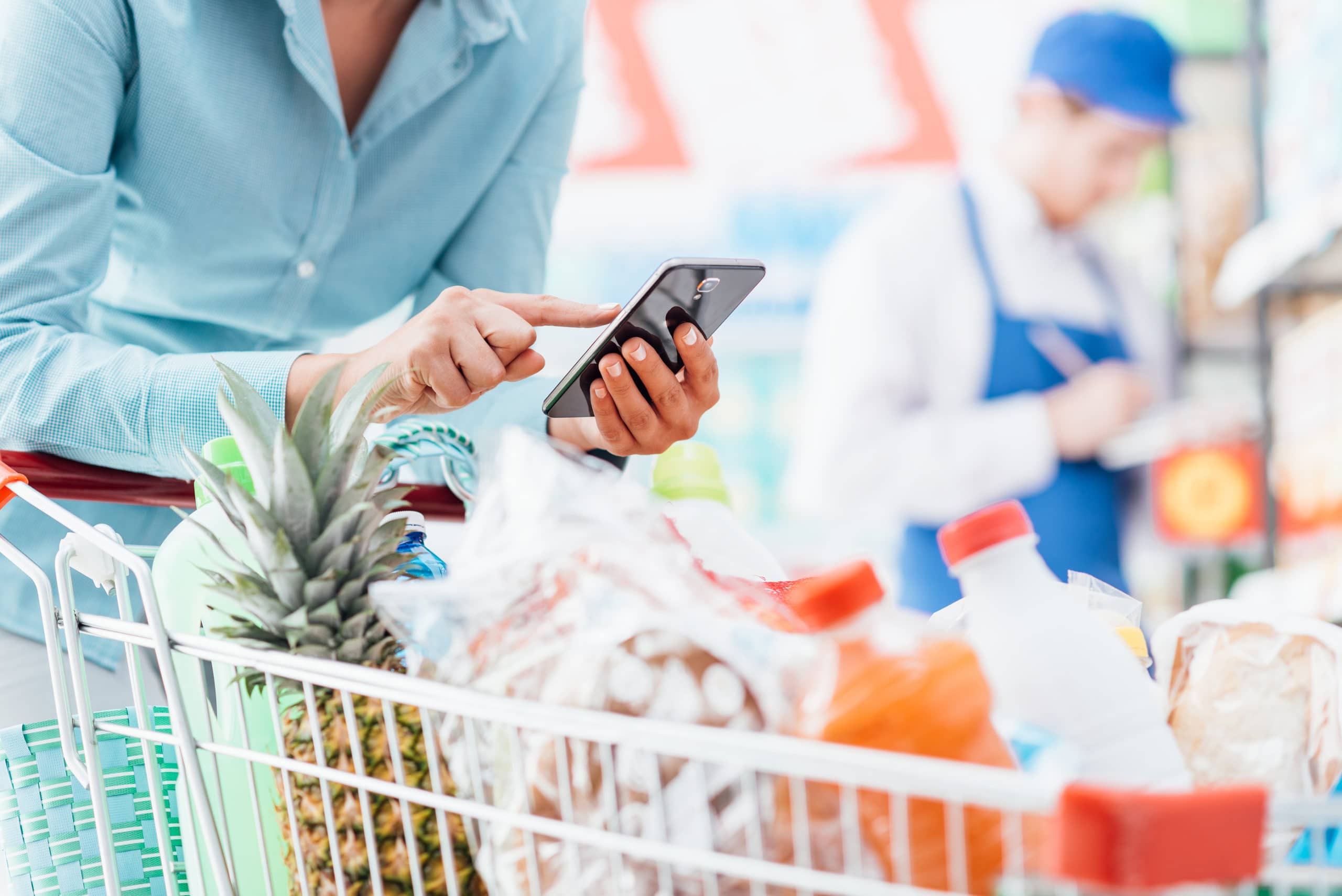CPG brand leaders know that the key to building a robust mobile marketing strategy is differentiation. Uniquely presenting a product can be a challenge when there are so many competitors in a given industry. Mobile marketing strategies can offer brands a way to stand out—even when the shelves in the store are crowded. By building a plan around services, features, and third-party partnerships, brands can connect with consumers even in highly competitive categories across the CPG industry.
Sometimes, CPG marketing strategies involve repositioning a product as a service in some way. For example, a makeup company may offer content on creating new looks, while a furniture brand could provide the consumer the opportunity to virtually redesign their home, via a mobile app. Essentially, these apps are positioned as standalone products, and that helps push the sale of the brands’ underlying products. A mobile marketing strategy can be the ideal way to show a consumer why a brand is different from its competitors and help that brand gain market share through sales.
Turning Products Into Services as a Mobile Marketing Strategy
Mobile marketing apps may be designed to advertise, but simple advertising-based apps would be unlikely to gain followers. To truly engage with consumers, brands must present their apps not as advertising, but instead as an additional service the brand provides on top of its line of products.
A prime example of this is SlimFast’s app, the SlimFast Challenge. SlimFast primarily sells weight loss shakes and products. There’s a lot of competition on the shelf, but SlimFast manages a market majority by offering its consumers an app that allows them to track calories, weight loss, BMI, and download meal plans. The app works to support users of the product, which turns SlimFast shakes from a simple weight loss shake to a complete diet plan.
CPG brands can use mobile marketing apps to reposition their product as one that includes a service. This service-based approach creates an engaging, branded app that improves both awareness and affinity.
Standing Out With Unique Features
Another approach that brands can take to engage consumers via an app is to leverage unique features that other brands can’t. A few innovative mobile features that consumers enjoy include:
- Augmented reality: Several retailers have recently rolled out augmented reality apps that allow users to “try out” products using their phone’s mobile camera. Both IKEA and Target use versions of this for furniture, while CoverGirl offers a makeup app to help users test out various products.
- Social connection: There are two ways that brands can use social interactions to drive brand engagement. They can manage their campaign through a social media app, or they can create an online community where the use of the app connects users in the real world.
- Rewarded interactions: Rewarding product interactions can encourage specific purchase path behaviors and help brands discover signals of purchase intent. With Shopkick, simple actions like entering a retail location or engaging with products in a store can earn the consumer kicks (aka rewards points) which can help usher them through the purchase path from discovery to sale.
- Mobile ordering and payments: Mobile ordering and payments are growing in popularity because there are many useful features within these programs. There’s traditional mCommerce, where the consumer orders and buys the product online and receives it in the mail. There are also situations where the consumer orders the product via mobile app and then picks up the item at a brick-and-mortar location. These features streamline the payment process and can eliminate lines, which helps improve the customer experience.
While these features can help brands make an impact with consumers, they are a challenge to create. The ROI for a branded app, especially for a CPG brand, may be very low as consumers are unlikely to download an app solely based on one brand. Another way of leveraging these features while generating a high CPG marketing ROI can be via a third-party partnership.
Connecting With Consumers Through Third-Party Shopping Apps
Shopping apps have seen an upswing in popularity as of late, as many of these apps are capable of providing features that brands can’t or choose not to. They can also be used in conjunction with a branded app to boost mobile marketing efforts by introducing consumers to a brand.
One of the benefits of a third-party app partnership is it gives brands immediate access to a new pool of consumers who may have never heard of their products.
One of the benefits of a third-party app partnership is it gives brands immediate access to a new pool of consumers who may have never heard of their products. For example, an app user may remember they need cereal. They’ll stop at the store, open the app and see that a brand of cereal is offering rewards points for the purchase. That consumer will then seek out the brand and potentially purchase its products. In this instance, the app motivates the consumer to interact with the brand in a meaningful way.
This type of mobile marketing strategy builds a connection between a brand and a consumer that may not have existed before. It can drive in-store engagement with a product while also establishing that brand as a trusted resource in its industry. By marketing an app as an add-on service, leveraging innovative features, and partnering with third parties, brands can improve their sales and potentially their market share.
Shopkick partners leverage our engaging app to reach out to consumers as they travel. To become a partner, contact us.
Image courtesy of stokkete




